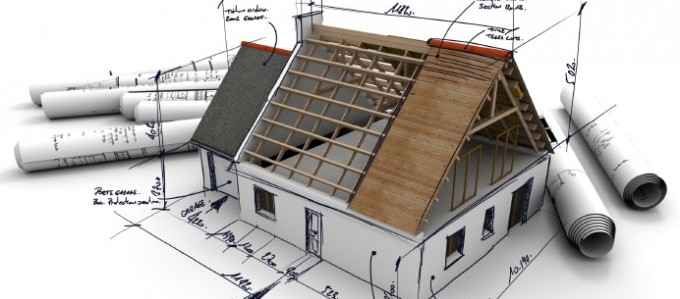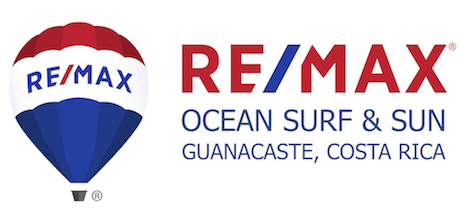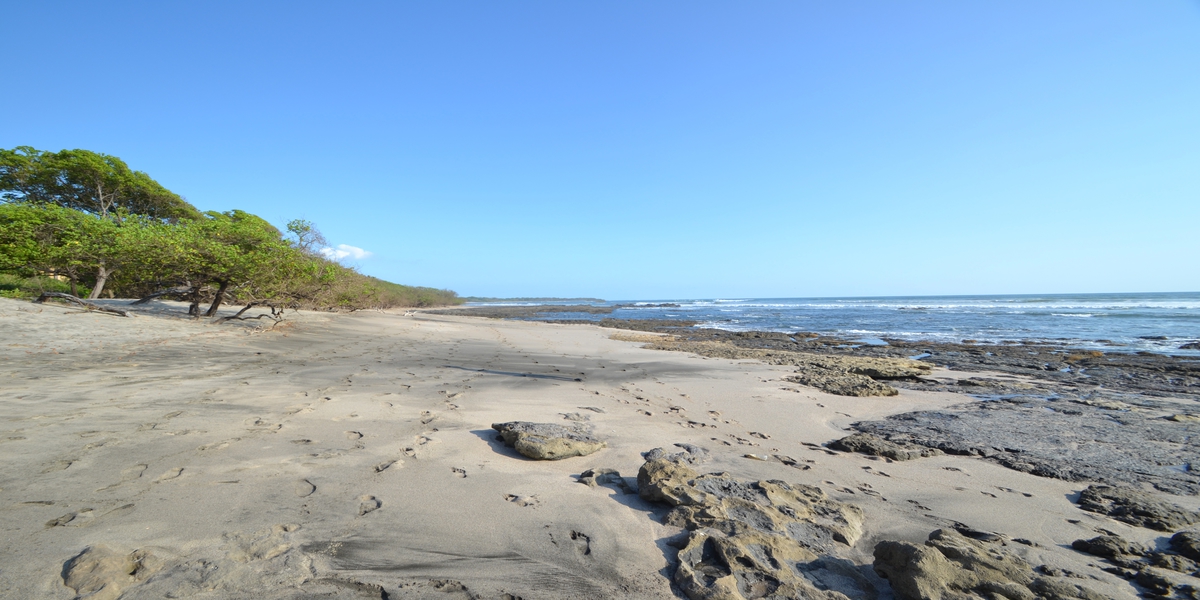 The prospect of owning your own home on the Gold Coast of Costa Rica is exciting. How can you ensure that the exhilaration of finding your dream house doesn’t turn to disappointment later? As you view properties, carefully check the following features that will have an impact on your comfort, security, and maintenance costs.
The prospect of owning your own home on the Gold Coast of Costa Rica is exciting. How can you ensure that the exhilaration of finding your dream house doesn’t turn to disappointment later? As you view properties, carefully check the following features that will have an impact on your comfort, security, and maintenance costs.
Windows
More than any other structural element, windows determine the feel and appearance of your home. Expansive windows connect you to your surroundings, and their brightness lifts the mood of any dwelling. In addition, their materials and workmanship can greatly enhance the energy efficiency of the home. Aluminum frame windows with single-pane glass are the standard in Costa Rica. Glass can also be insulated double pane for energy efficiency, or it can be tempered or laminated for added security. Aluminum frame windows are sturdy and require little maintenance. Their downside is that the frames transmit more heat than other frame materials. Wood frame windows require more maintenance but are more energy-efficient than aluminum. If the frames are teak, you never have to worry about rotting. The wood’s natural resins protect it from decay and insects. A few homes in Costa Rica have PVC frame windows. They are low maintenance and keep the heat outside.
Floors
Ceramic and porcelain tile floors are common in Costa Rica, and they are the easiest to care for. They can be swept, vacuumed, or mopped. The color and pattern of the tile will determine how good your floors look between cleanings. Some show dirt while others hide it. Natural wood floors are beautiful, but they require more maintenance than tile. Check the condition of the finish to see how soon you might need to recoat. Laminated and vinyl flooring have entered Costa Rica in recent years. Newer construction may offer this low-maintenance option.
Roofs
Clay tile roofs offer numerous advantages when properly installed. They are very low maintenance, and they provide protection from the strong Costa Rican sun. Corrugated metal roofs can also give many years of trouble-free service. However, they need to be cleaned and repainted eventually. And they don’t have the insulation value that tile does. Asphalt shingle roofs are common in North America but are rarely seen in Costa Rica.
Plumbing
Almost every home in Costa Rica has a septic tank. What is its capacity? That is an important question that is not always easy to answer since the tank is buried. If the tank or the leach lines that drain it are undersized for the house, the tank will need to be pumped out frequently. That’s a nuisance and an unwanted expense. How do Ticos handle the problem? They don’t flush toilet paper but instead throw it in a wastebasket. That’s a nuisance too. So, if you find a house you like, try to find out the capacity of the septic tank and the size of the drain field.
Electrical System
Make sure that the electrical system is adequate for the load you will place on it. Is the circuit breaker panel full, or is there room to add additional circuits? It’s important to check if you plan to make changes to the home. For example, if you plan to add air-conditioning, a generator, or solar panels, but the house isn’t wired for it, upgrading could be expensive. Are the outlets grounded? Older homes in Costa Rica may have 2-prong ungrounded electrical outlets.
Dampness and Mold
Water usually enters a home from above (rain) or below (groundwater). When it does, trouble soon follows. At the very least, water will damage finishes: paint, ceiling material, and wood elements. In some cases, mildew or mold develops and health problems begin. How can you tell if a home has or is susceptible to water damage? If dampness wicks up masonry walls, it will loosen the paint. Look for flaking paint near the floor. If a cement floor has humidity problems, it will have a white, fuzzy substance almost like frost. If the roof leaks, you will likely see discoloration on the ceiling. Black stains on the walls or ceiling may be mold.
Drainage
Proper drainage is necessary to prevent the aforementioned dampness and mold problems. Does the yard have a gentle slope away from the house? Are culverts and storm drains in place to channel water away? Also, check the gutters and downspouts to ensure that rainwater is carried away from the foundation of the house instead of seeping in.
Gardens
An appealing aspect of life in Guanacaste is being surrounded by lush, tropical vegetation. Gardens add great natural beauty to a home, but they also add to the maintenance workload. If the house you are viewing has a yard and/or garden, how much care will it require? Will you do it yourself or hire a gardener? Some home buyers choose condominiums to free themselves of yard work.
Sun Position
One of the great things about living in Guanacaste is the plentiful sunshine. As you look at a prospective home, think about its orientation to the sun. Where will the sun rise and set? Are the outdoor living areas shaded? If there is a pool, or if you might add one, will it be in the sun? If you enjoy your morning coffee or afternoon cocktail outside, it’s good to think about the sun’s position.
Security
Costa Rica may seem like paradise, but you can’t take security for granted. Someone may want a piece of your paradise. Does the house have an alarm system? And if it goes off, will someone hear it? And check the windows and doors. The front door is the most common point of entry for thieves. If it’s not strong with a secure frame and lock, a pry bar will open it in seconds.
If you carefully consider these factors as you view houses, your home purchase can open the door to years of relaxation in comfort and security.






